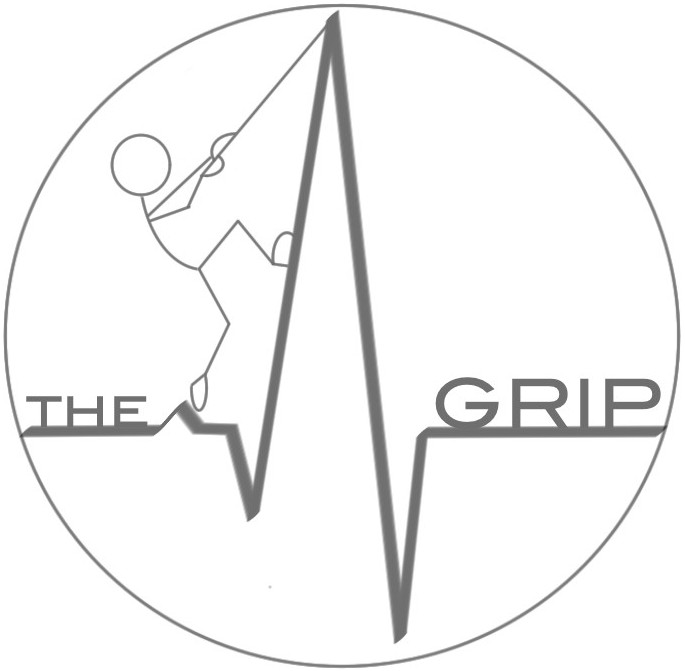Esophageal pressure measurements under different conditions of intrathoracic pressure. An in vitro study of second generation balloon catheters
Mojoli F, Chiumello D, Pozzi M, Algieri I, Bianzina S, Luoni S, Volta CA, Braschi A, Brochard L
Abstract
BACKGROUND:
The aim of this study was to evaluate in vitro the accuracy of second generation esophageal catheters at different surrounding pressures and filling volumes and to suggest appropriate catheter management in clinical practice.
METHODS:
Six different esophageal catheters were placed in an experimental chamber at four chamber pressures (0, 10, 20 and 30 cmH2O) and at filling volumes ranging from 0 to 10 mL. The working volume was defined as the volume range between the maximum (Vmax) and minimum (Vmin) volumes achieving acceptable accuracy (defined by a balloon transmural pressure ± 1 cmH2O). Accuracy was evaluated for a standard volume of 0.5 mL and for volumes recommended by manufacturers. Data are shown as median and interquartile range.
RESULTS:
In the four conditions of chamber pressure Vmin, Vmax and working volume were 1.0 (0.5, 1.5), 5.3 (3.8, 7.1), and 3.5 (2.9, 6.1) mL. Increasing chamber pressure increased Vmin (rho=0.9; P<0.0001), that reached 2.0 mL (1.6-2.0) at 30 cmH2O. Vmax and working volumes differed among catheters, whereas Vmin did not. By injecting 0.5 mL and the minimum recommended volume by manufacturer, balloon transmural pressure was <-1 cmH2O in 71% and 53% of cases, it was negatively related to chamber pressure (rho=-0.97 and -0.71; P<0.0001) and reached values of -10.4 (-12.4, -9.7) and -9.8 (-10.6, -3.4) at 30 cmH2O.
CONCLUSION:
Measuring positive esophageal pressures needs higher injected volumes than usually recommended. The range of appropriate filling volumes is catheter-specific. Both absolute values and respiratory changes of esophageal pressure can be underestimated by an underfilled balloon.
Minerva Anestesiol. 2015 Aug;81(8):855-64. Epub 2015 Jan 30.
